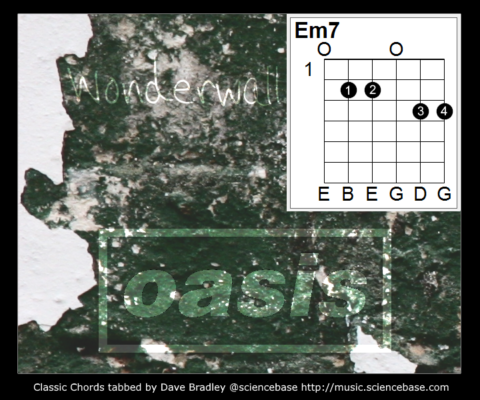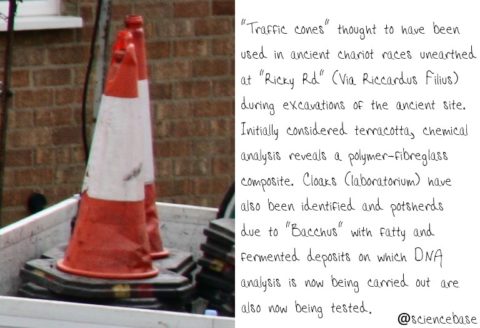You know when they say the symptoms of meningitis are commonly a headache and a stiff neck and perhaps purple blotches on the skin that don’t pale when pressed…well…it can be far worse than that and can kill. If you’re in a vulnerable group, make sure you’re vaccinated. It is highly recommended that new university and college students are vaccinated because meningitis is far worse than a spot of “fresher’s flu” (usually just a cold) and can be passed on through coughs and sneezes, close contact and kissing infected people and even just sharing kitchen utensils. If it doesn’t kill it can lead to amputation where tissues in the feet or hands have died, for instance. Graphic photos of youngster, Charlene Colechin, hospital shown on the BBC site today are fair warning!

What is meningitis?
Meningitis is acute inflammation (the itis bit of the name) of meninges, the protective membranes that cover the brain and spinal cord.
What causes meningitis?
Infection by viruses, bacteria, or other microorganisms (fungi like Cryptococcus and Histoplasma), and far less commonly certain drugs, can cause meningitis (mainly non-steroidal anti-inflammatory drugs, antibiotics and intravenous immunoglobulins). Viral meningitis is fairly common but rarely fatal, while bacterial forms are less common but are extremely dangerous and can be fatal. One common bacterium that causes meningitis is meningococcus, which can lead to both meningitis and septicaemia (meningococcal disease). Some forms of meningitis occur in people with HIV, diabetes and some forms of cancer.
What are the symptoms of meningitis?
Meningitis commonly presents as fever, headache and neck stiffness, but can lead to confusion, vomiting, and sensitivity to bright light and loud noises. Meningitis in young children might present as irritability, drowsiness, and poor feeding. Symptoms usually appear after a 4-5 day incubation period following infection.
Isn’t there usually a purple, blotchy rash?
This symptom is most commonly seen in meningitis caused by meningococcal bacteria. A standard test as to whether a rash might be caused by meningitis involves gently pressing a patch of skin with the side of a drinking glass or other transparent object, if the colouration does not go away with pressure, it is more likely to be a rash due to meningitis. Other skin inflammation will pale when pressed.
How is the condition diagnosed?
A sample of spinal fluid is taken with a hypodermic syringe in a procedure commonly known as a “lumbar puncture” and tested in the laboratory for the markers of the disease, C-reactive protein, complete blood count, and blood cultures to confirm whether or not bacteria from a blood sample are present.
Can meningitis kill?
Yes. The inflammation of the membranes surrounding the brain and spinal cord can lead to pressure on the brain as well as sepsis (which leads to a dangerous drop in blood pressure, a rapid heart rate, high or abnormally low temperature, and rapid breathing), sepsis itself can be the ultimate cause of death.
Can meningitis be treated?
Meningitis is treated as a medical emergency and patients require rapid hospitalisation as soon as symptoms arise. If the condition is detected early enough wide-spectrum antibiotics can control the worst symptoms. Corticosteroids have also been shown to improve the prognosis for many patients, particularly in the developed world and where HIV is uncommon.
What is the prognosis?
If caught early, the prognosis is good and many people survive meningitis unscathed. However, sepsis, organ damage, gangrene and rupture of the adrenal glands can all occur some even at an early stage of infection and lead to major life-changing consequences, such as amputations, hearing loss and chronic health problems.
How common is meningitis?
In 2013, 16 million people worldwide were identified as having meningitis, 303,000 of them died. In Western nations, bacterial meningitis affects about 3 people in every 100,000 each year. Worldwide, the rate is closer to 11 per 100,000, although the disease is not universally notifiable so these figures cannot be assured. The rate in Brazil is much higher, almost 50 people in every 100,000 annually, while Sub-Saharan Africa, tragically referred to as the “meningitis belt” by some can see 100—800 cases per 100,000.
Can meningitis be prevented?
The risk of getting some forms of meningitis can be prevented by vaccination, immunization, with the meningococcal, mumps, pneumococcal, and Hib vaccines. There is no vaccine to protect against all forms and different vaccines are needed to prevent forms of meningitis in different parts of the world.
Where can I find out more about meningitis?
The US Centers for Disease Control (CDC) and Prevention also has a FAQ on meningitis as does the UK’s Meningitis Research Foundation, and of course, the NHS.




